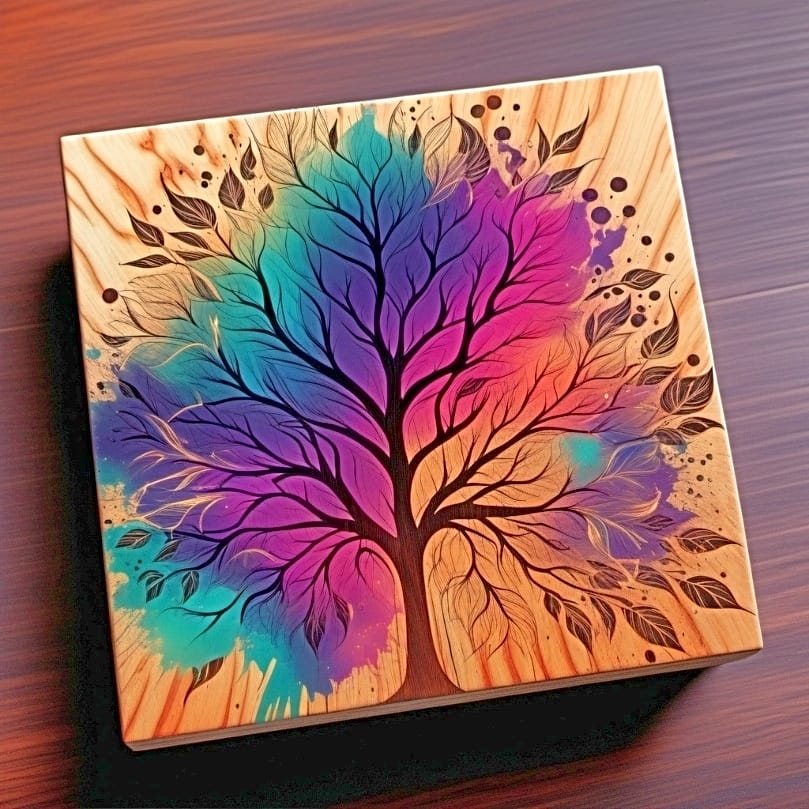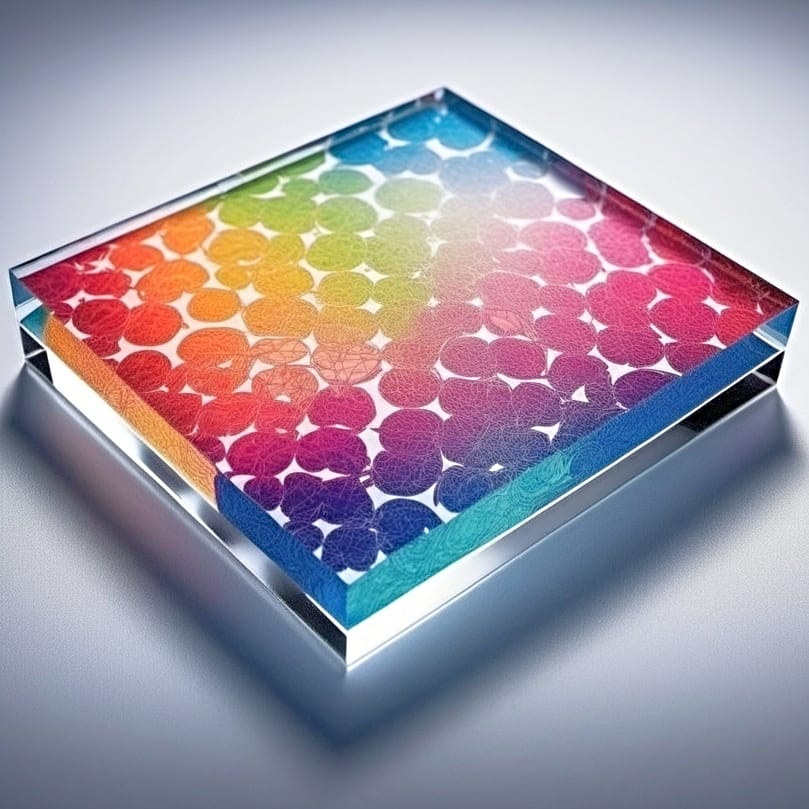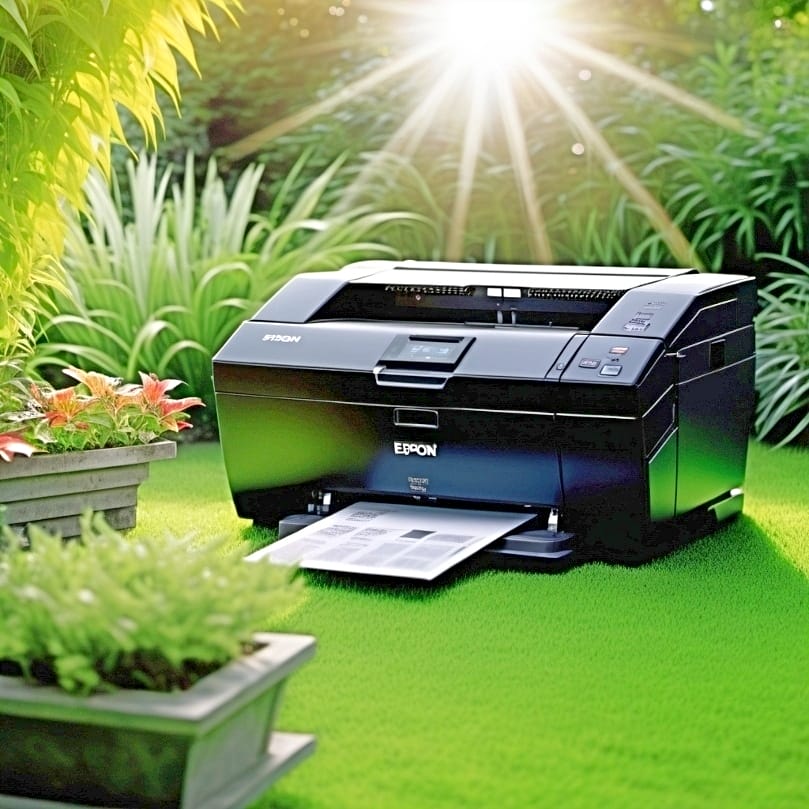Table of Contents
ToggleSo now you wonder: “Can you sublimate on cotton?” Absolutely, and this article shows you precisely how. That’s great news, eh? We strip away the complexity and provide a focused guide on combining sublimation techniques with cotton to create prints that pop. Say goodbye to faded designs and hello to brilliant, long-lasting creations with sublimation on cotton. Let’s dive right into it!
Key Takeaways
- Sublimation printing on cotton is more complex than on synthetic materials due to cotton’s lack of a polymer coating which affects the ink’s ability to bond, but solutions like heat transfer vinyl and sublimation coating sprays can help achieve vibrant prints.
- Choosing the right equipment, such as a ‘TRUE’ sublimation printer or a converted Epson EcoTank, along with high-quality sublimation inks and papers, is critical for successful and high-quality sublimation on cotton.
- Poly-cotton blends provide a middle ground for sublimation, offering the comfort of cotton and better print quality due to the polyester content, though prints may be less vibrant than on 100% polyester.
The Basics of Sublimating on Cotton
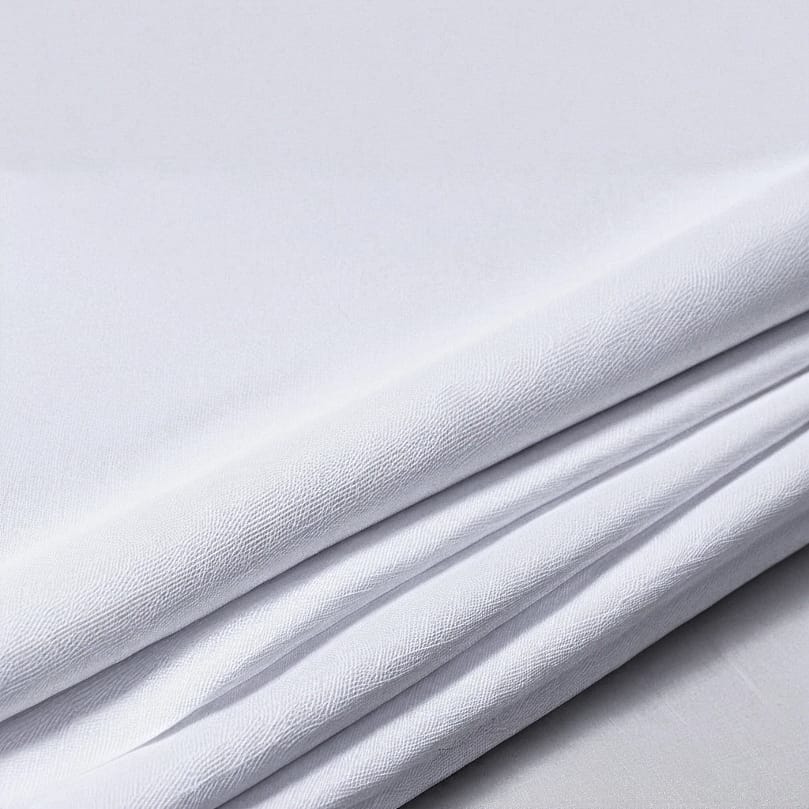
Sublimation printing is an incredible technology, allowing us to create vibrant, durable designs on a variety of materials. But when it comes to cotton, things can get a bit tricky. Traditional sublimation printing was designed for polymers, and cotton, lacking a polymer coating, tends to resist the sublimation process. Dye sublimation ink chemically bonds to synthetic fibers instead of natural ones like cotton. This difference in bonding properties accounts for the unique results when printing on different materials.[1]
Fear not – with the right knowledge and resources, you can achieve successful sublimation on cotton. We’re here to guide you through it.
Understanding Sublimation Printing
You might be wondering what sublimation printing is, and why it excels with synthetic fibers. Sublimation printing employs a fascinating scientific process where sublimation dye ink is turned into gas by exposure to heat and pressure. This gas can then form a permanent molecular bond with synthetic fibers in fabric, resulting in a high-quality print that is resistant to scratching or cracking.
The magic lies in the ink’s ability to transition from a solid to a gas and subsequently solidify again, creating a permanent bond with the synthetic fibers in the fabric. This seamless transformation gives sublimation prints their vivid and colorful designs that result in high-quality prints which are imperceptible to the touch and resistant to scratching or cracking.
Moreover, sublimation printing is a fast, effortless, and cost-efficient method capable of producing colorful designs efficiently. With the right sublimation printer, ink, and paper, you can create stunning sublimation designs on your cotton shirts.
⫸ Click Here For Best Selling Sublimation Printers And Products ⫷Cotton vs. Synthetic Fibers
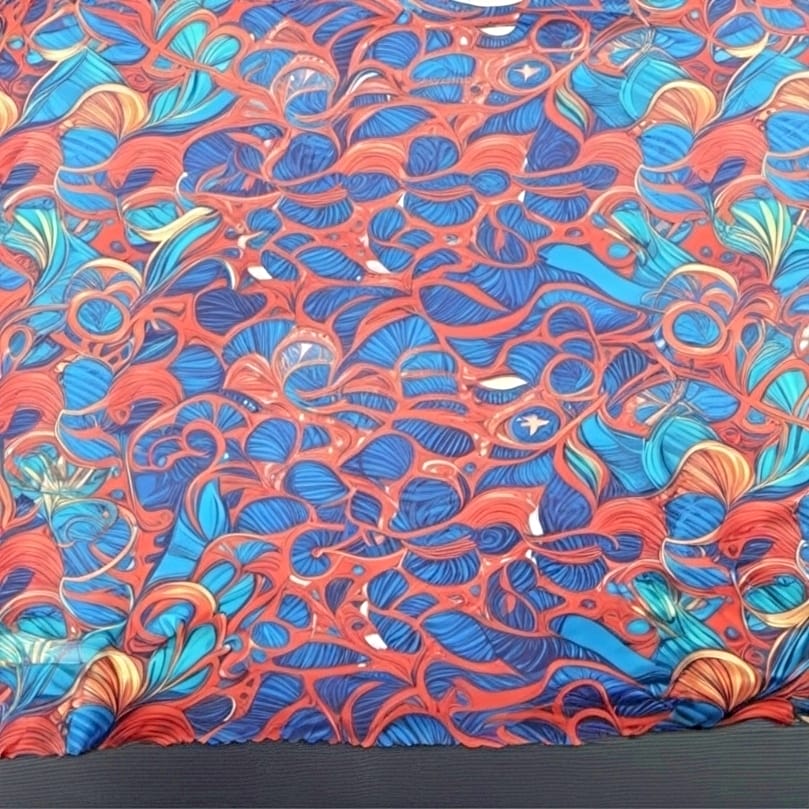
In the world of sublimation printing, all fabrics are not made the same. Synthetic fibers, including:
- polyester
- nylon
- spandex
- rayon
- acrylic
are the best-suited fabrics for sublimation. Dye sublimation ink tends not to adhere well to natural cotton fibers, leading to shorter durability in the final printed result. The absence of a polymer coating on cotton substrates historically made sublimating directly onto cotton textiles a challenge.[2] [3]
However, recent advancements in technology have opened up new possibilities for sublimation on cotton. Let’s dive into these solutions and learn how we can overcome the cotton barrier.
Overcoming the Cotton Barrier: Solutions for Sublimation Success
While cotton might not be the most natural fit for sublimation, there are ways to make it work. In fact, there are a couple of highly effective methods to achieve successful sublimation on cotton: the heat transfer vinyl method and the sublimation coating spray technique. These game-changing solutions have been developed by companies such as Forever and Metrotrade, bringing the joy of vibrant, long-lasting prints to our favorite cotton fabrics.
Heat Transfer Vinyl Method
The heat transfer vinyl method is a popular technique for sublimation on cotton, especially for dark-colored cotton garments. It works by providing a base layer for vibrant and long-lasting prints. After printing your design on sublimation paper, you cut it out using a cutting machine like Cricut, ensuring the design is mirrored and cut within the Print then Cut dimensions of 6.75” x 9.25”.
After preparing the Heat Transfer Vinyl (HTV), it should be pressed onto the garment using the recommended settings and allowed to cool. The sublimation paper is then pressed onto it using a specific heat-resistant mask material to hold the vinyl in place, typically at 190°C for about 50 seconds, or according to the manufacturer’s guidelines.
Different HTV materials, such as Siser Holographic, Cricut White Glitter HTV, and Cricut Glow in the Dark HTV, can also be utilized, considering variations in the process for dark colored shirts and other different colored shirts.
This method of sublimation is a surefire way to get high-quality, vibrant designs on your cotton t shirt and other cotton t-shirts.
Sublimation Coating Spray Technique

Another effective method to sublimate on cotton is the sublimation coating spray technique. This technique works by creating a layer that mimics the chemical properties of polyester, enabling direct sublimation on light-colored cotton.
Before you spray, make sure to pre-press your cotton shirt to remove any moisture, clearly mark the application area, and remove any debris. Then evenly apply the sublimation spray, such as GO Fuze, using a roller to ensure the solution permeates the fibers, following the recommended amount of 10 pumps for a standard area. Read more about selecting sublimation spray adhesives here.
Ensuring even coverage and proper drying before heat pressing is critical to prevent uneven print quality; working in a dust-free environment is advised to maintain print color and longevity. This technique can open up a world of possibilities for vibrant sublimation prints on your cotton garments.
Choosing the Right Equipment and Supplies
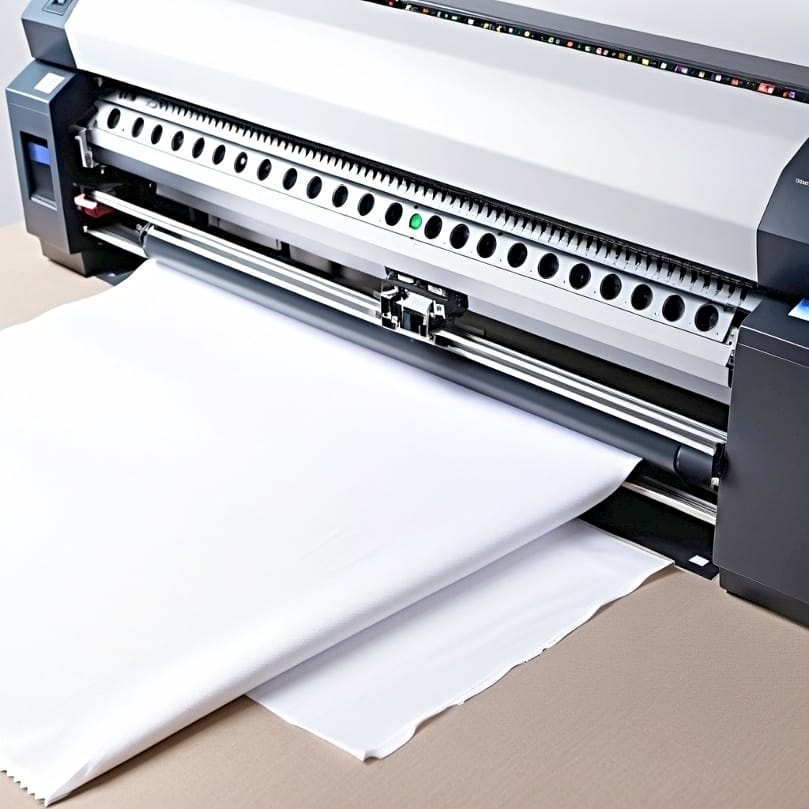
With an understanding of the techniques in hand, the next step is to assemble the necessary equipment and supplies. The sublimation printer you use plays a critical role in achieving high-quality results. Additionally, you’ll need sublimation ink and sublimation paper. But with so many options on the market, how do you make the right choice? Let’s dive in and explore the top picks for sublimation printers, inks, and papers.
Top Sublimation Printers for Cotton
The sublimation printer you select can significantly influence the success of your sublimation process. For instance, the Sawgrass SG500 and SG1000 are known as ‘TRUE’ sublimation printers, meaning they are specifically built for sublimation purposes. This comes with benefits like manufacturer’s warranty and technical support. Read detailed reviews on sublimation printers for shirts.
If you’re just starting out, the Epson SureColor F170 is an option – read more about the features of the Epson SureColor F170 here. It offers valuable technical support and warranty from the manufacturer, making it a reliable choice for beginners in small format sublimation. For those with intermediate experience, the Epson SureColor F570 Pro is the preferred printer. It can handle larger prints up to 24 inches wide, making it perfect for larger design projects.
You can also convert certain printers into sublimation printers. For instance, Epson EcoTank and WorkForce series printers, such as the EcoTank 15000, can be easily converted to sublimation printers using refillable tanks or third-party refillable ink cartridges.
Selecting the Best Sublimation Inks and Papers
Choosing the right sublimation inks and papers is equally critical as selecting the appropriate printer. High-quality sublimation inks range in cost and require consideration of the printer’s warranty. Some printers mandate the use of branded inks, while converted printers might not retain a warranty. Therefore, budgeting for ink refills is an essential part of maintaining consistent sublimation print quality without incurring unexpected costs.
When it comes to sublimation paper, you should choose one that corresponds with your sublimation inks and printer. Some papers that offer good ink release and are compatible with various inkjet printers include:
- Printers Jack
- Koala
- A-SUB
- HTVRONT Sublimation papers
The size of your sublimation paper should match the print size needed and the capabilities of your printer. Additionally, considering the transfer rate and compatibility with fabric colors is crucial for achieving optimal results. With the right inks and papers, you’re one step closer to perfecting your cotton sublimation technique.
Tips for Perfecting Your Cotton Sublimation Technique
Equipped with the appropriate knowledge and tools, mastering the cotton sublimation technique is within reach. From prepping your garments to mastering heat press settings, every step is crucial in achieving vibrant, long-lasting prints.
Here are some expert tips to ensure the quality of your sublimated designs on cotton.
Prepping Your Cotton Garments
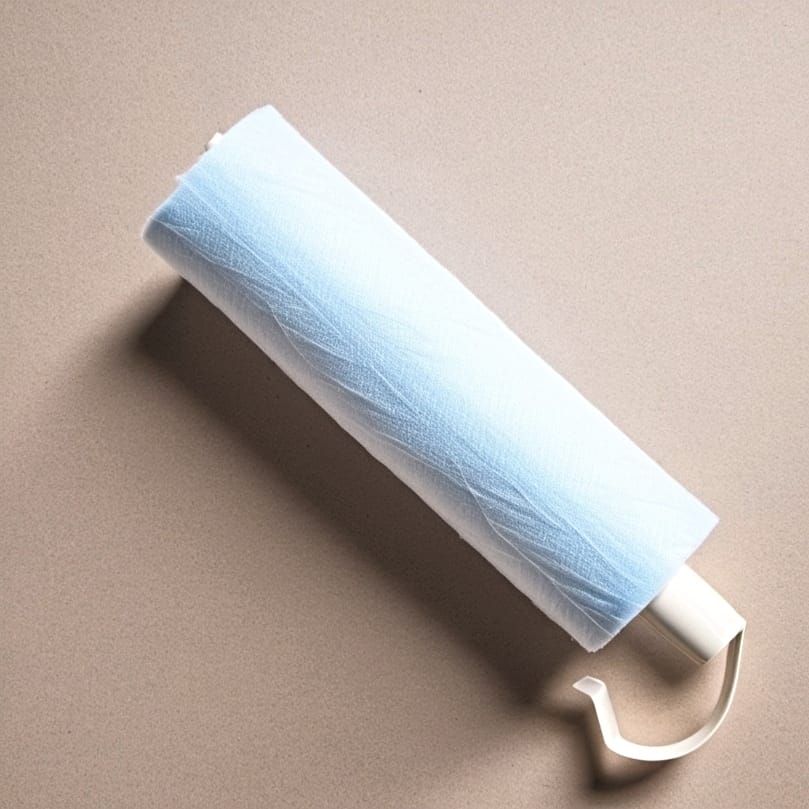
Proper preparation of your cotton garments is crucial for successful sublimation. Firstly, pre-treating cotton garments with a pre-treatment spray or coating is essential to enable sublimation ink to bond with the fabric and produce vibrant prints.
Before you press, always remember to:
- Pre-press the garment to eliminate moisture and create an even printing surface.
- Use a lint roller to clean the shirt of any debris.
- Place a piece of clean white cardstock inside the shirt to prevent ink bleed-through during sublimation.
Pre-pressing to remove excess moisture can also prevent issues like small dots or spots in the sublimation transfer. Lastly, it is advisable to conduct a test print on cotton to ensure that the pre-treatment is applied correctly and that it meets the expected print quality standards.
Proper Heat Press Settings and Techniques
The correct heat press settings and techniques are critical for successful sublimation on cotton. Here’s how to do it:
- Preheat your heat press to 380°F.
- Prepare your shirt with white cardstock inside to prevent ink bleed-through.
- Align your sublimation print and secure it with thermal tape.
For the transfer using transfer paper, follow these steps:
- Press the shirt at a temperature of around 385°F for about 70 seconds.
- Apply light to medium pressure.
- Wait until the design cools after sublimation before removing the paper and tape. This prevents ghosting and ensures even print quality.
Remember, settings may need to be calibrated to ensure the substrate isn’t overexposed. This will help prevent blurriness and ensure sharp, vibrant designs on your cotton shirts.
Troubleshooting Common Cotton Sublimation Issues
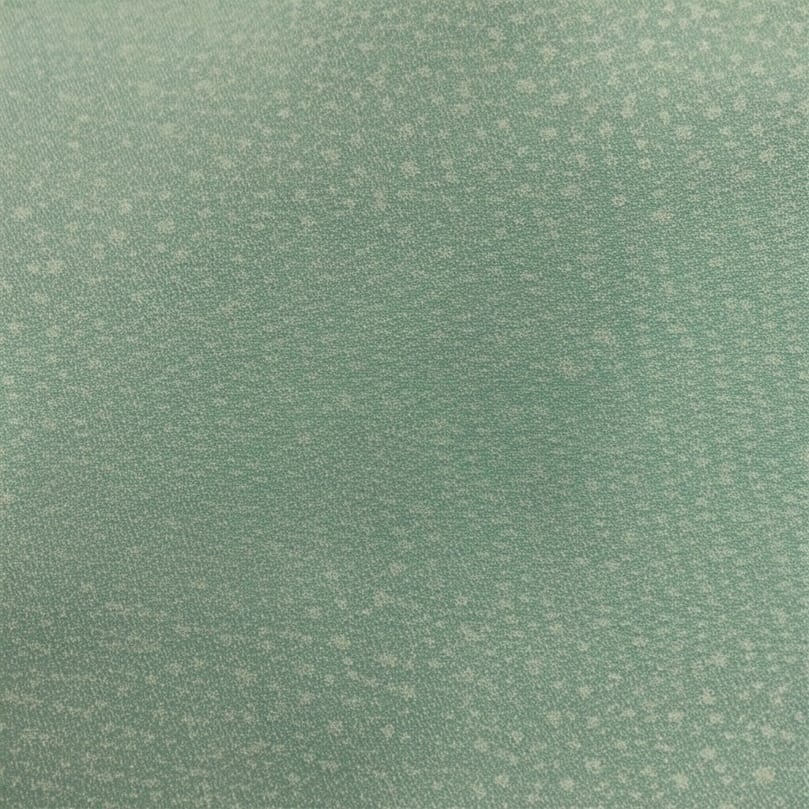
Even with the most diligent efforts, problems may occur during the cotton sublimation process. But fear not – with a bit of troubleshooting, you can solve most common problems, such as fading prints and uneven print quality.
We will explore these challenges and offer solutions that ensure your sublimation process remains top-notch.
Fading or Washed-Out Prints
One common issue with sublimation on cotton is fading or washed-out prints. This happens because sublimation prints on cotton may fade after washing due to the lack of dye-binding properties in cotton fibers.
To prevent fading or washed-out prints on cotton, the use of a pre-treatment coat that enhances the bonding of dye to cotton fibers is recommended. This pre-treatment coat helps the dye adhere better to the cotton fibers, ensuring vibrant and long-lasting prints even after several wash cycles.
Remember to test your sublimation protectants with specific sublimation inks for compatibility and effectiveness of the final print. With the right pre-treatment, your sublimation prints on cotton can stay vibrant and beautiful wash after wash.
Uneven or Inconsistent Print Quality
Another common issue is uneven or inconsistent print quality. This can happen if the design doesn’t cool completely after sublimation before removing the paper and tape.
Inconsistencies in print quality, such as small dots or imperfections, can arise from the moisture retention in cotton when sublimating on blends. To prevent this, make sure to pre-press your cotton garments to eliminate any moisture and ensure an even printing surface.
Remember, proper preparation and patience are key to achieving consistent, high-quality prints. So take your time, follow the correct steps, and you’ll be rewarded with stunning sublimation prints on your cotton shirts.
Poly-Cotton Blends: A Compromise for Sublimation?

Poly-cotton blends are increasingly gaining recognition as a viable alternative for sublimation. These blends combine the durability and printability of polyester with the comfort and breathability of cotton, making them an attractive option for sublimation.
Poly-cotton garments offer more breathability than items made from pure polyester, which benefits the comfort of sublimated products. Additionally, poly-cotton blends, which include cotton fabric, are less likely to shrink or change shape compared to pure cotton, making them more durable during wash and dry cycles.
We will explore the advantages and disadvantages of using poly-cotton blends for sublimation, along with some valuable tips for their usage.
Pros and Cons of Poly-Cotton Blends
Poly-cotton blends offer a host of benefits for sublimation printing, including:
- Durability
- Less prone to shrinking and changing shape compared to 100% cotton, enhancing garment longevity
- Increased breathability due to the cotton component, making garments more comfortable in various climates.
Moreover, though not as crisp as 100% polyester, sublimation on poly-cotton blends delivers a better feel and comfort with a satisfying quality of print. However, due to the polyester content, poly-cotton blends may not offer the same level of comfort as 100% cotton.
There are a few drawbacks to consider. When sublimating on poly-cotton blends, the prints may be less vibrant and have a vintage look since cotton fibers don’t retain dye as well as polyester. Sharp and crisp images are challenging to achieve on poly-cotton blends due to the inferior ink retention of the cotton component compared to full polyester fabric.
Tips for Sublimating on Poly-Cotton Blends
Sublimating on poly-cotton blends can be a fantastic way to get the best of both worlds – the comfort of cotton and the vibrant colors of polyester. For sublimation printing, poly-cotton blends like 65/35 or 50/50 are often recommended to combine printability with fabric stability. We also provide guidance by reviewing the shirt brands suitable for sublimation.
Sublimating on poly-cotton blends is also effective for creating a vintage or distressed look. The polyester fibers absorb the ink while the cotton fibers do not, creating a unique effect. Slub textures in poly-cotton blends can enhance this vintage look by allowing the non-poly fibers to show through.
When sublimating on poly-cotton blends, it’s important to consider the balance of fibers to ensure a high-quality print that retains the fabric’s breathability. A tri-blend fabric, such as 50% polyester, 25% cotton, and 25% rayon, offers a desirable balance between vibrant color pickup and breathability for sublimation prints.
Summary

In conclusion, mastering sublimation on cotton is an achievable goal with the right knowledge, tools, and techniques. It’s a process that involves understanding the basics of sublimation printing, overcoming the cotton barrier with effective solutions, choosing the right equipment and supplies, and perfecting your technique.
The road to successful sublimation on cotton may have its challenges, but with patience, practice, and the tips shared in this blog post, you can create vibrant, long-lasting prints on your cotton shirts. So, why wait? Dive in, experiment, and watch your designs come to life with sublimation on cotton.[4]
Frequently Asked Questions
What temperature do you sublimate 100 cotton?
To sublimate 100% cotton, you should press at 400 degrees Fahrenheit for 50 seconds, then carefully remove the design from the press.
What spray do I need to sublimate on cotton?
You need Subli+Mate, a sublimation spray that enables sublimation printing on 100% cotton fabrics, cotton/polyester blends, and polyester-only materials, allowing you to achieve bright, vibrant, and long-lasting colors in your prints.
What fabric can you not sublimate on?
You cannot sublimate on natural fibers like cotton, wool, silk, and linen. It’s best to use a heat press or sublimation printer with special inks for the process to achieve a permanent and vibrant print.
Can I sublimate on cotton canvas?
Yes, you can sublimate on cotton canvas by coating the canvas with sublimation coating spray, laminate, or clear dye sublimation to make it receptive to sublimation ink. Then you can proceed to sublimate onto the canvas as usual.
What is the heat transfer vinyl method?
The heat transfer vinyl method is a great way to create vibrant and long-lasting prints on cotton through sublimation. It involves using a base layer for the process.
References
- Elmogahzy, Y. E., & Farag, R. (2018b). Tensile properties of cotton fibers. In Elsevier eBooks (pp. 223–273). https://doi.org/10.1016/b978-0-08-101272-7.00007-9
- Sharma, H. P., Madan, A., & Joshi, D. (2019). Clarifying agents. In Elsevier eBooks (pp. 53–60). https://doi.org/10.1016/b978-0-08-100596-5.21614-4
- O’Brien, J. (2020, October 28). Cotton VS Synthetic Fabrics, the pros and cons. https://www.linkedin.com/pulse/cotton-vs-synthetic-fabrics-pros-cons-jeni-o-brien/
- Arthur, R. (2017d, February 17). How digital printing technology is taking us closer to fully customizable clothing. Forbes. https://www.forbes.com/sites/rachelarthur/2017/02/17/digital-printing-technology-custom-clothing-fashion/?sh=7ca4e3196aef








